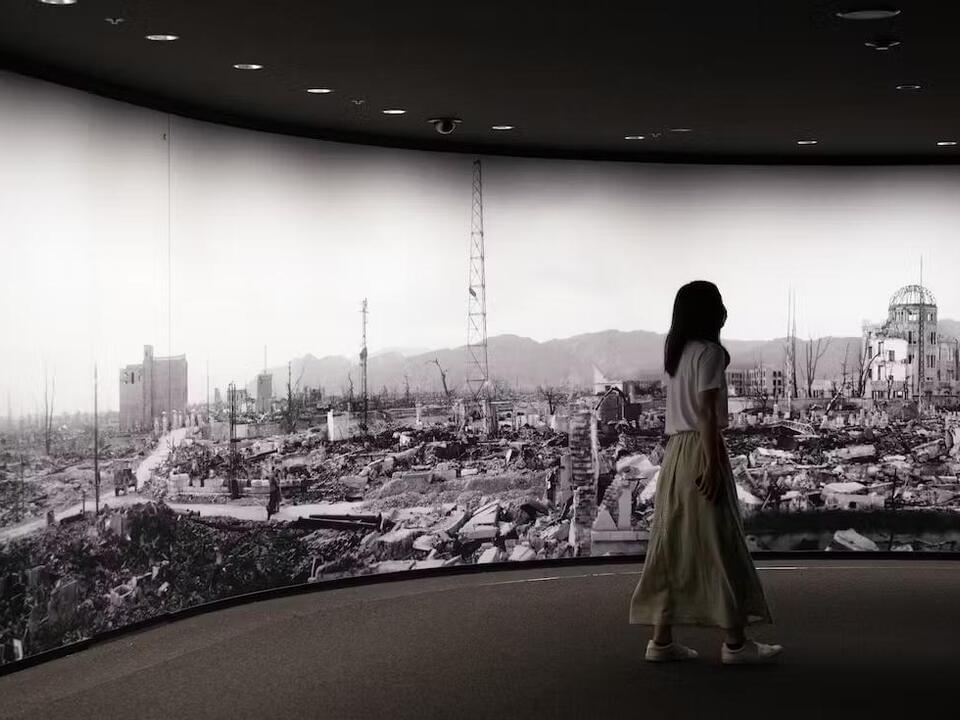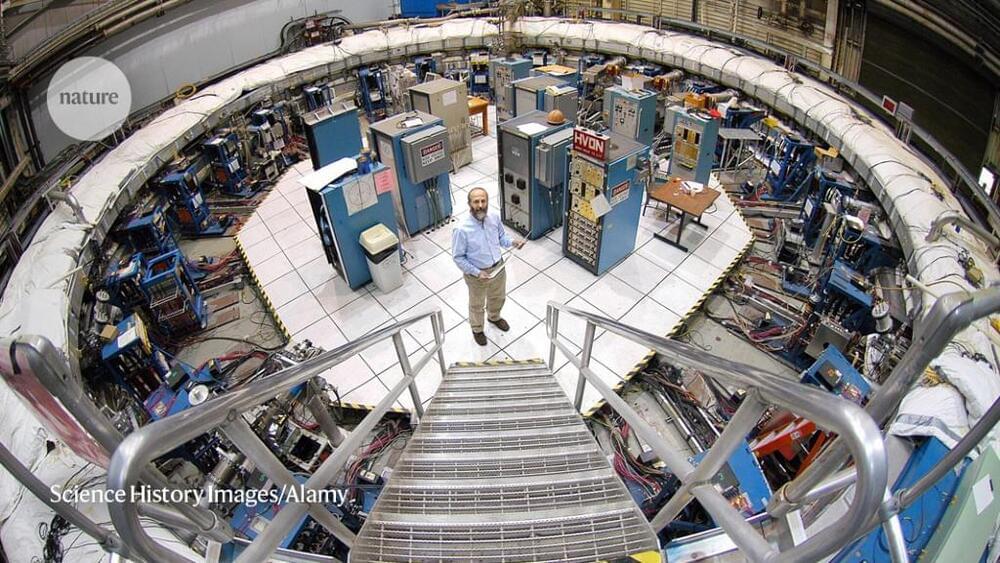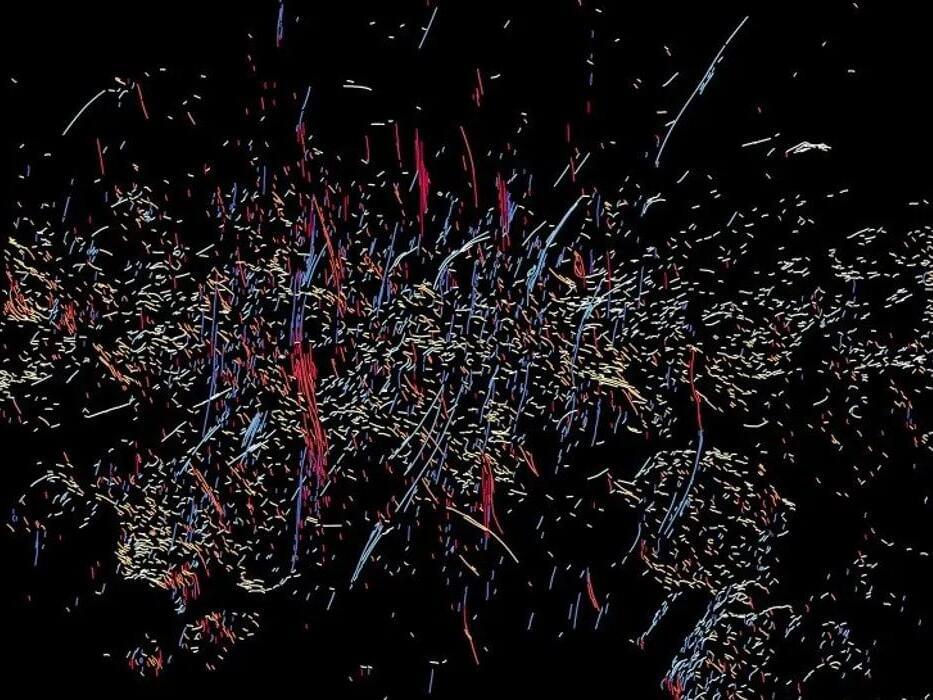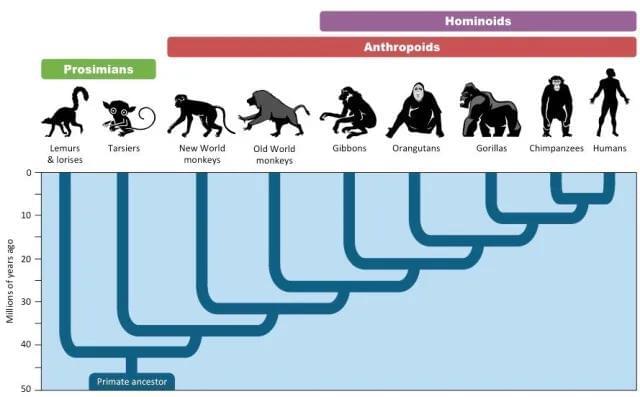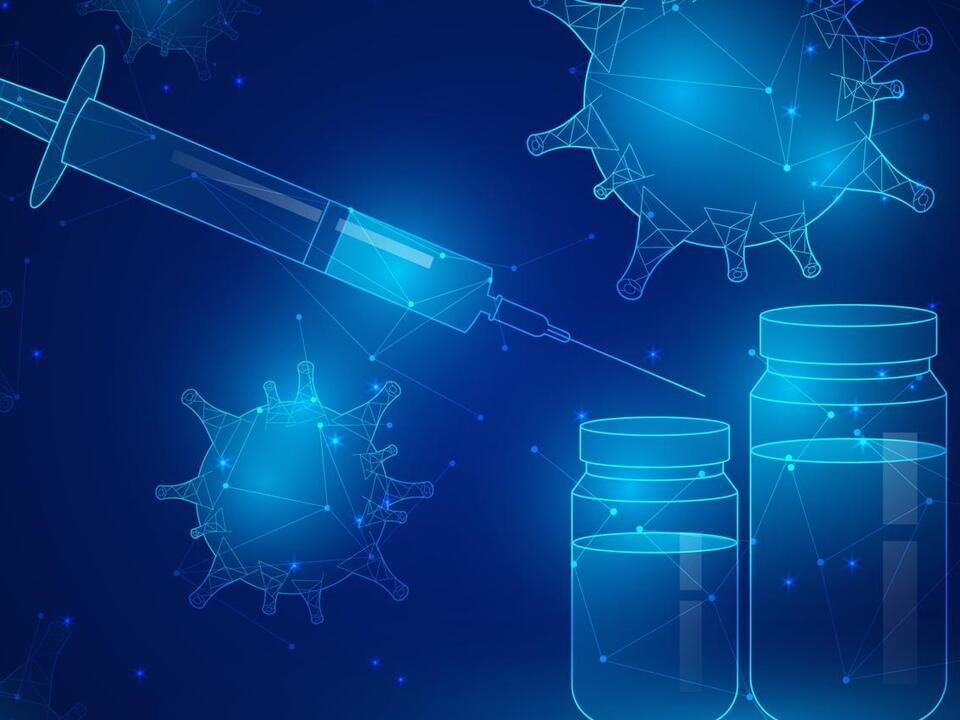The “wobble” of a tiny particle known as a muon is once again challenging our understanding of physics and could be the start of a major discovery, scientists have said.
For the third time, findings from experiments have shown this particle does not behave as predicted by the Standard Model – the rulebook physicists use to describe and understand how the universe works at the subatomic level.
Scientists said their latest results, which have been submitted to the journal Physical Review Letters, reinforce measurements of the muon’s wobble in previous experiments and are even more precise.

